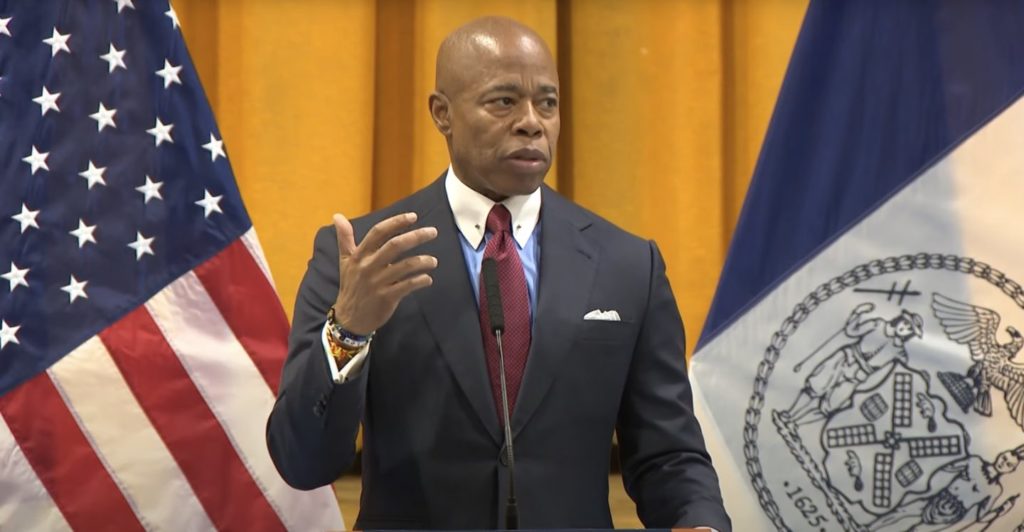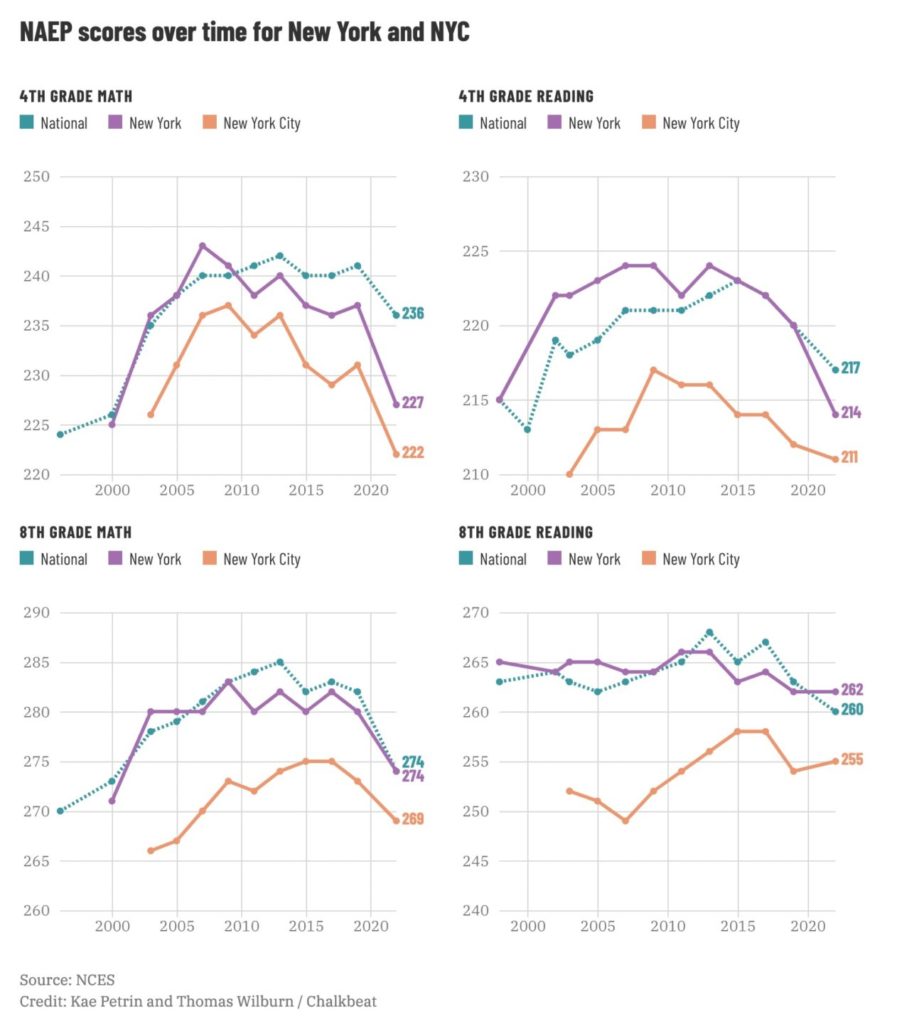After test scores show record decline for NYC students, Mayor Adams proposes $4 billion for school heaters in ‘unrealistic’ energy program
The mayor of America’s largest city announced a plan in late October to spend $4 billion to electrify school heating systems as part of an energy program critics say is “unrealistic.”
The cost…

The mayor of America’s largest city announced a plan in late October to spend $4 billion to electrify school heating systems as part of an energy program critics say is “unrealistic.”
The cost of New York City Mayor Eric Adams’ proposal would be five times greater than the city’s investment of Federal COVID funds to help students recover from a historic academic plunge.
“The proposal will not ‘save’ energy. It will simply displace emissions,” economist Jonathan Lesser, president of Continental Economics and an adjunct fellow at the Manhattan institute, tells The Lion.
One of the main issues is the supply of electricity, Lesser explains.
“New York’s green energy proposals, which I have studied in detail, are unrealistic. The state cannot electrify everything, propose to meet that electric demand primarily with wind and solar power, and have reliable electricity.
“The New York Independent System Operator and the New York State Reliability Council have performed studies showing that the reserve capacity required will exceed 100%.”
In other words, the state doesn’t have enough “green” energy to supply newly electrified – and very expensive – school heating systems, along with its other proposed energy projects.
Faced with this hurdle, the state claims it can clear it with technology Lesser says doesn’t even exist.
“The state proposes to meet this with ‘Dispatchable Emissions-free Resources,’ basically gas-turbines that run on hydrogen produced via electrolysis using surplus electricity. But such DEFRs do not exist. Nor is there a hydrogen infrastructure (pipelines, etc.), nor is electrolysis a cost-effective way to [manufacture] hydrogen.”
The program could also lead to more, not fewer, emissions.
“The proposal may even lead to increased greenhouse gas emissions because a high-efficiency boiler will burn less energy than providing the same amount of heat using gas-fired electric generators,” Lesser says. “During peak hours (such as early morning when classrooms are being heated), there will be little solar power and peak electric demand will be met with natural gas generators, and possibly oil-fired ones.”
Supporters of the mayor’s school electrification plan cite health concerns of students and those who live near the schools.
“Clean heating in school buildings is important, particularly in my district where there are a high number of students who suffer from asthma and other ailments caused by poor air quality,” said New York State Assemblymember Nikki Lucas.
But critics don’t appear to be arguing against addressing any serious air quality issues.
“Clearly, if a boiler’s exhaust is leaking and exposing students to harmful pollution, including carbon monoxide, then such a boiler must be repaired,” Lesser says. “But electrifying boilers won’t save the environment at all.”
Academic tundra
The city’s schools may be feeling the heat for other reasons after a report just days before the mayor’s announcement revealed historic drops in the National Assessment of Educational Progress test scores for NYC students following months of pandemic policies that kept them out of the classroom.
“Just 18% of the city’s fourth graders were proficient in math, compared with 24% in 2019. Levels that low in New York City have not been seen for nearly 20 years, according to the results,” Chalkbeat reports.

“We have work to do to get students to where they need to be, not just academically but social-emotionally as well,” State Education Department spokesperson Emily DeSantis said in a statement about the results.
The city has dedicated more than $750 million of its Federal COVID relief dollars through 2024 to help students recover from pandemic-related learning losses, according to the Chalkbeat report.
Yet the massive sum of money is just one-fifth of the cost of the mayor’s school heating proposal, which may not sit well with parents already frustrated over the academic nosedive.
And if Lesser is right about the economic flaws of the plan, taxpayers may also take notice.
“By all means, NYC should repair boilers that are malfunctioning,” Lesser concludes. “But spending $4 billion for electrification to reduce greenhouse gas emissions and particulates is just a waste of taxpayer dollars.”



